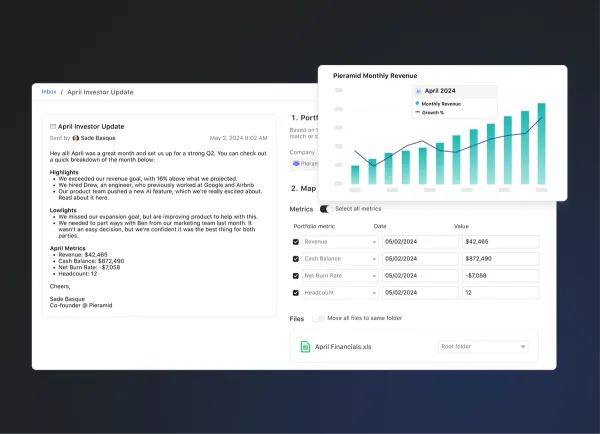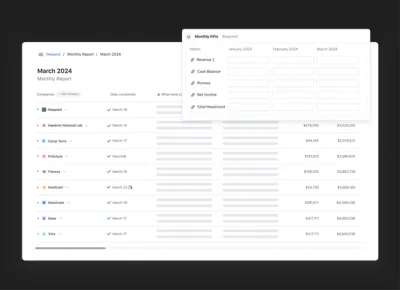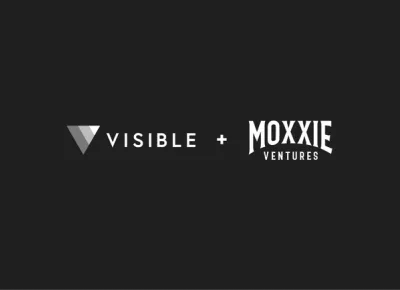
Within a matter of years, sales enablement has rapidly changed from simply a topic of conversation to a vital part of any growing organization. Now, new leadership roles are being created in companies to drive sales enablement performance. The conversation around the future of SaaS even seems to be driven by the work of these nascent teams of trainers.
What’s changed? While still a somewhat ambiguous term defined in different ways by individual organizations, the focus of sales enablement teams to better identify underlying product, sales and marketing obstacles and introduce more effective solution is an unavoidable function of growth in any B2B environment.
A focus on effectiveness
To earn that level of effectiveness, it will require attracting talent in a relatively new area of expertise. As Brian Lambert of the Sales Enablement Society wrote, the role of sales enablement will not be limited to recommending technology solutions to improve process. Instead, it will be essential that enablement teams are competent enough to collaborate with leaders across all departments “to improve revenue consistency through proactive and structured initiatives and coordinated efforts,” Lambert said. “The type of work that our members engage in goes beyond deploying a technology tool or platform.”
Finding a differentiating strategy
In his recent review of SaaStr, Chris Orlob noted that one of the key conference takeaways was that the function of sales enablement teams in the near future will to be focus not on differentiating features in the software, but instead better defining the “how we sell” question to create better sales strategies. “With so many SaaS sales tools focused on sales efficiency, sales effectiveness is now becoming the name of the game in the ‘sales acceleration’ category of software” Orlob wrote.
Adapting to rapidly changing technology
This outlook on sales enablement pairs well in an environment with dramatic technology growth in B2B sales. The role of sales will likely be greatly aided by a rise in tools like artificial intelligence, infinite computing, networks and sensors and robotics. As more customer behavior is tracked, processed, recorded and reviewed, it’ll be the role of the enablement teams to mold these insights into actions that drive sales growth. Key enablement metrics like reducing sales cycles and decreasing time to quota and pipeline obtainment for new reps should drop considerably if teams have better technology to get the job done.
Scaling sales enablement internally
Katie MacDonald, global sales onboarding and enablement manager at Optimizely, recently told me that the new approach to sales enablement will be to motivate employees outside the team to get involved in the training process. “As sales enablement scales, we need to be enabling managers, too.” MacDonald said. “What do we need to train managers on to enable the enablement team’s efforts? What do we need to do to make sure these training recommendations are being followed after the training ends?”
Providing greater distribution of the day-to-day responsibilities of training frees the enablement team up to focus more on strategy, metrics and the best way to utilize new technology across the organization.
Because of the greater focus on enablement, look for organizations to focus even more effort on recruiting, hiring and obtaining sales enablement talent as these roles will take on more prestigious titles with greater responsibility. There’s little question that the idea of enablement will continue to change as quickly as the companies that need it, but it’s almost impossible to see a future that reverts back to a time when enablement seemed like a luxury.



